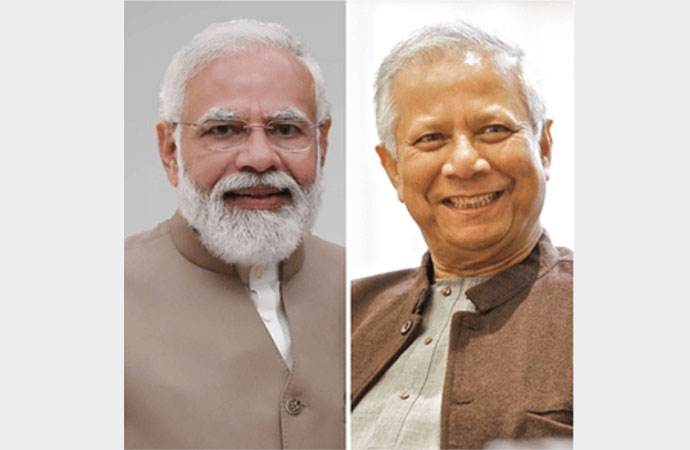Reportage

Since China first announced the emergence of patients with pneumonia-like symptoms in the city of Wuhan in late December, officials there have made clear they are eager to avoid the international backlash that followed China's lack of transparency during the deadly SARS outbreak in 2002.
Then, China lost credibility on the global stage for denying the existence of the virus. This time, the World Health Organization has praised China's rapid response and transparency, and held off on declaring the outbreak of a coronavirus a public health emergency of international concern, a special designation reserved for the most serious and deadly of disease outbreaks.
President Trump tweeted that China was "working very hard" to contain the outbreak. "The United States greatly appreciates their efforts and transparency," he wrote on Friday. Even Pope Francis weighed in, calling China's response a "great commitment by the Chinese community that has already been put in place to combat the epidemic."
But as Chinese officials scrambled to control the spread of the virus, they also moved ahead with a controversial travel ban, effectively locking down tens of millions of people to try to contain the outbreak. The move came at the peak of a busy season in China, when hundreds of millions of people typically travel for annual Spring Festival celebrations.
"Only the Chinese government could implement draconian measures to such a large scale," said Yanzhong Huang, senior fellow for global health at the Council on Foreign Relations, in comments to the Washington Post WorldView. "It might be an example of resilience of the authoritarian state, especially in a crisis setting, but there is no strong evidence supporting that the approach will be effective."
The ban expanded in recent days to affect more than 50 million people in 16 cities, including Wuhan, where most of the cases have occurred. In some places, flights have been canceled and public transit has been suspended, paving the way for potentially severe economic consequences. Meanwhile, construction workers are rushing to build three new hospitals with 1,000 beds each in a matter of days to try to accommodate patients being treated for the virus.
All the while, the number of cases has steadily climbed. As of January 26, China's national health commission reported that 2,744 people were infected. Eighty deaths were reported - the vast majority among older people with preexisting health conditions. Huang said it was too soon to know how the lockdown would affect the outbreak, noting that "the results very likely will be mixed at best."
Five cases have been confirmed in the United States, and cases also have been confirmed in France, Australia, Vietnam, Nepal, South Korea, Japan and several other places in Asia.
On Saturday, Chinese leader Xi Jinping warned of the "accelerating spread" of the virus. "As long as we are resolute ... we can win the battle of controlling the epidemic," he told party leaders, according to state-run news broadcaster CCTV.
What to know about 2019-nCoV, as the new virus out of Wuhan is currently designated, till a name is found.
WHAT IS THE NEW VIRUS?
Scientists have identified it as a new coronavirus. The name comes from the Latin word for crowns or halos, which coronaviruses resemble under a microscope. The coronavirus family has many types that affect people. Some cause the common cold while others originating in bats, camels and other animals have evolved into more severe illnesses such as SARS - severe acute respiratory syndrome - or MERS - Middle East respiratory syndrome.
WHERE DID IT COME FROM?
The first cases appeared last month in Wuhan, a city in central China's Hubei province. Many of the first people infected had visited or worked at the Huanan Seafood Wholesale Market in Wuhan, which has since been closed for an investigation. Chinese health officials say they believe the illness first spread from animals to people. They now say it can spread between people.
HOW WIDESPREAD IS IT?
The Chinese government said early Monday (January 27) the death toll had risen to 80, with 2,744 confirmed cases. The National Health Commission said 769 new cases were confirmed in the 24 hours through midnight Sunday. Beijing also reported five cases in Hong Kong and two in Macao. Small numbers of cases have been found in Thailand, Taiwan, Japan, South Korea, the U.S., Vietnam, Singapore, Malaysia, Nepal, France and Australia.The outbreak coincided with China's busiest travel season as people visit their families or go abroad for the Lunar New Year holiday. That travel rush is expected to spread the disease more widely.
WHAT ARE THE SYMPTOMS?
Common symptoms include a runny nose, headache, cough and fever. Shortness of breath, chills and body aches are associated with more dangerous kinds of coronavirus, according to the U.S. Centers for Disease Control and Prevention. In serious cases, the virus can cause pneumonia.
HOW IS IT TREATED?
There is a test to identify the virus, but no vaccine to prevent an infection. Patients with the virus have been isolated in hospitals or homes to prevent spreading it. The symptoms are treated with pain and fever medication, and people are advised to drink plenty of liquids and rest while they recover.
HOW IS IT SPREADING?
Many coronaviruses can spread through coughing or sneezing, or by touching an infected person. Scientists believe the new virus can spread from person to person in close contact through the respiratory tract.
COULD IT BE AS BAD AS SARS?
So far, the virus appears less dangerous and infectious than SARS, which also started in China in 2002-03 and killed about 800 people. However, viruses can mutate into more dangerous and contagious forms, and it's too early to say what will happen with this one.
AP, Howard Hughes Medical Institute

























Leave a Comment
Recent Posts
“My Ekushey Padak award is ded ...
This year, the government awarded the Ekushey Padak 2025 - the country ...
Biman is an inconvenient airli ...
I was on a flight of Biman from Dhaka to Bangkok on 28 February when B ...
Bangladesh’s art treasures deserve a global stage: C ..
The need for a consensus on the election
July uprising offers big opportunities for reforms, ..
Former Dhaka University professor Chowdhury Rafiqul ..